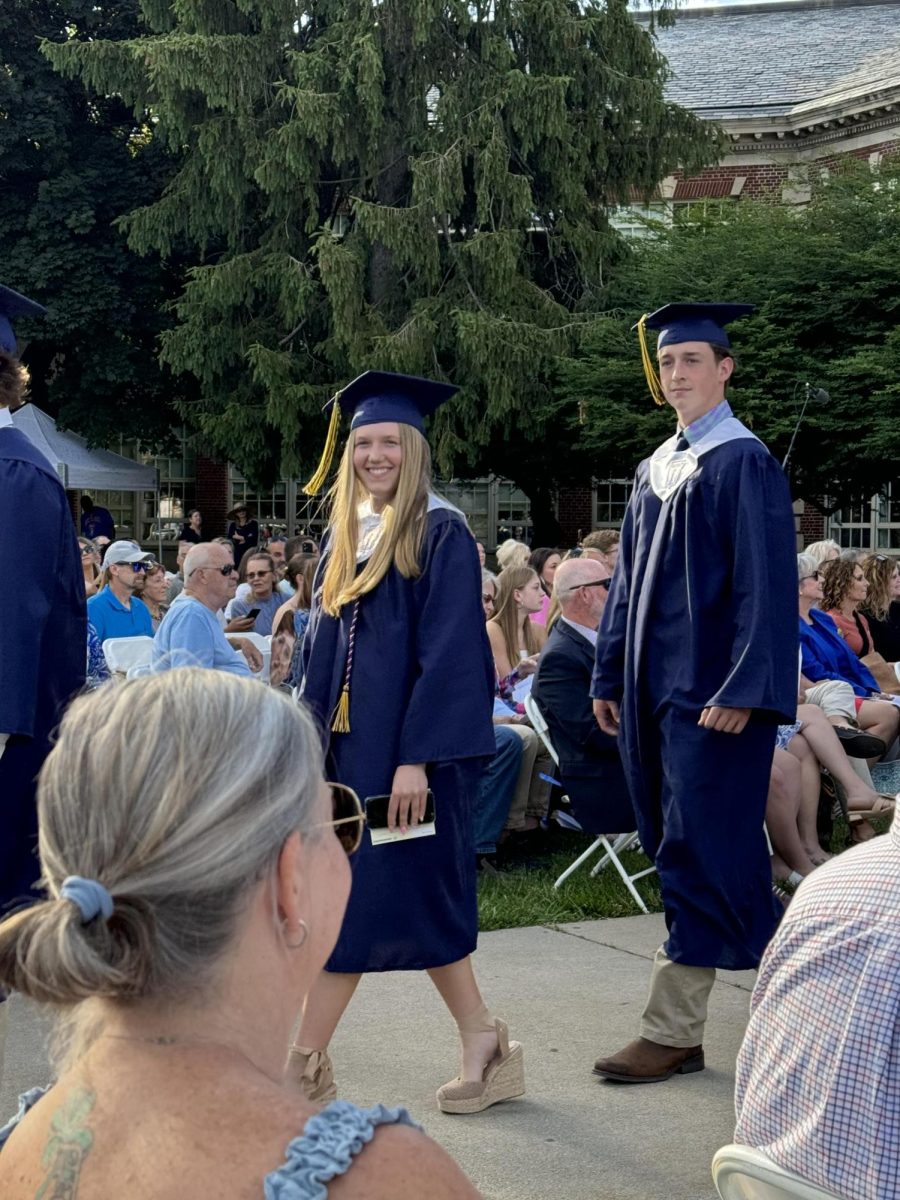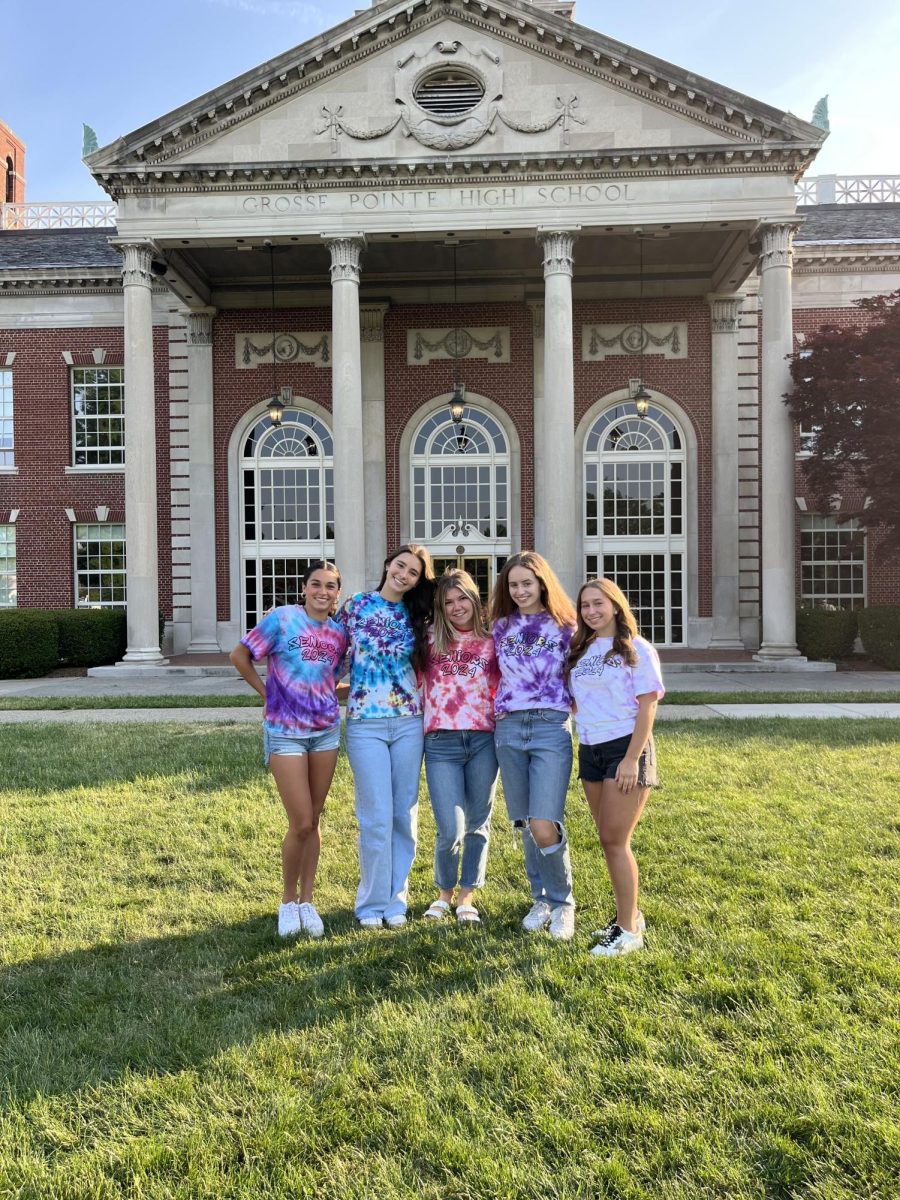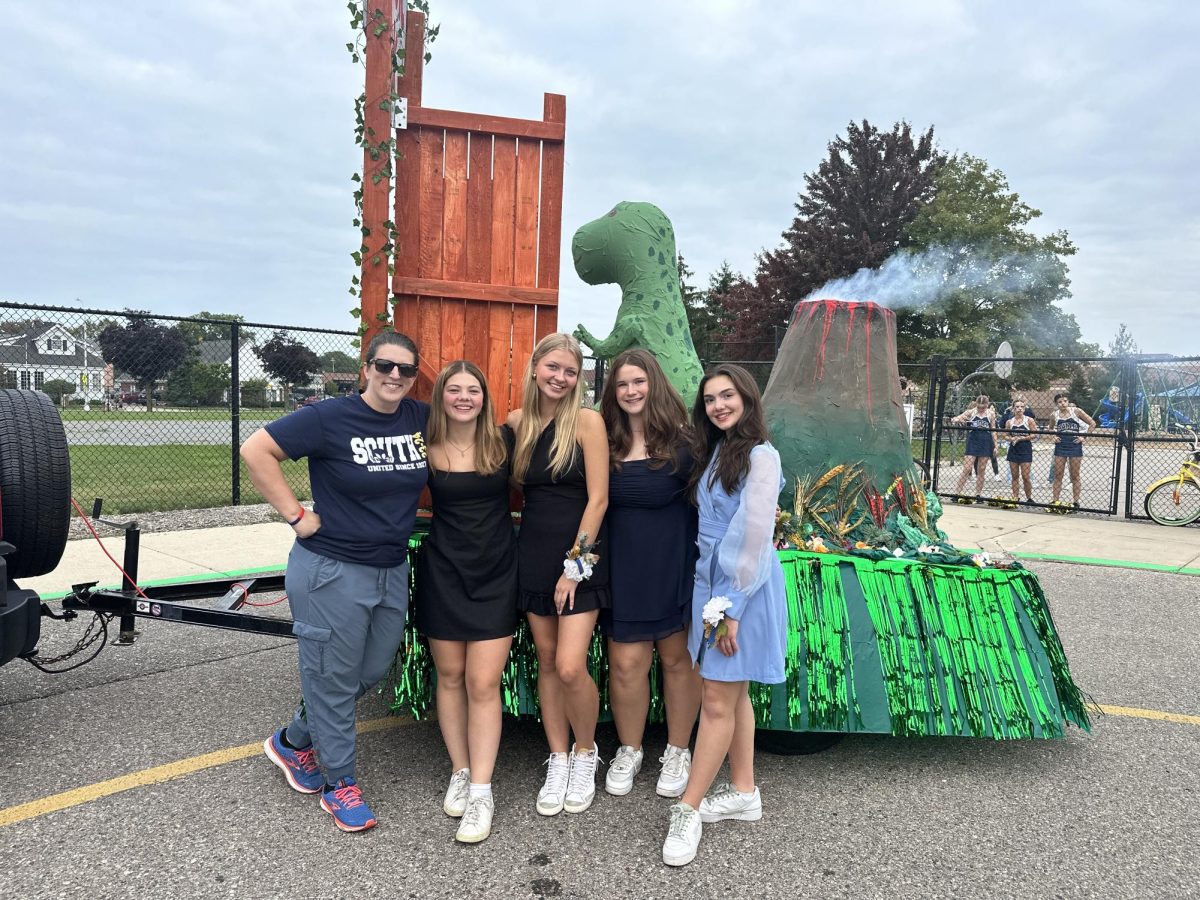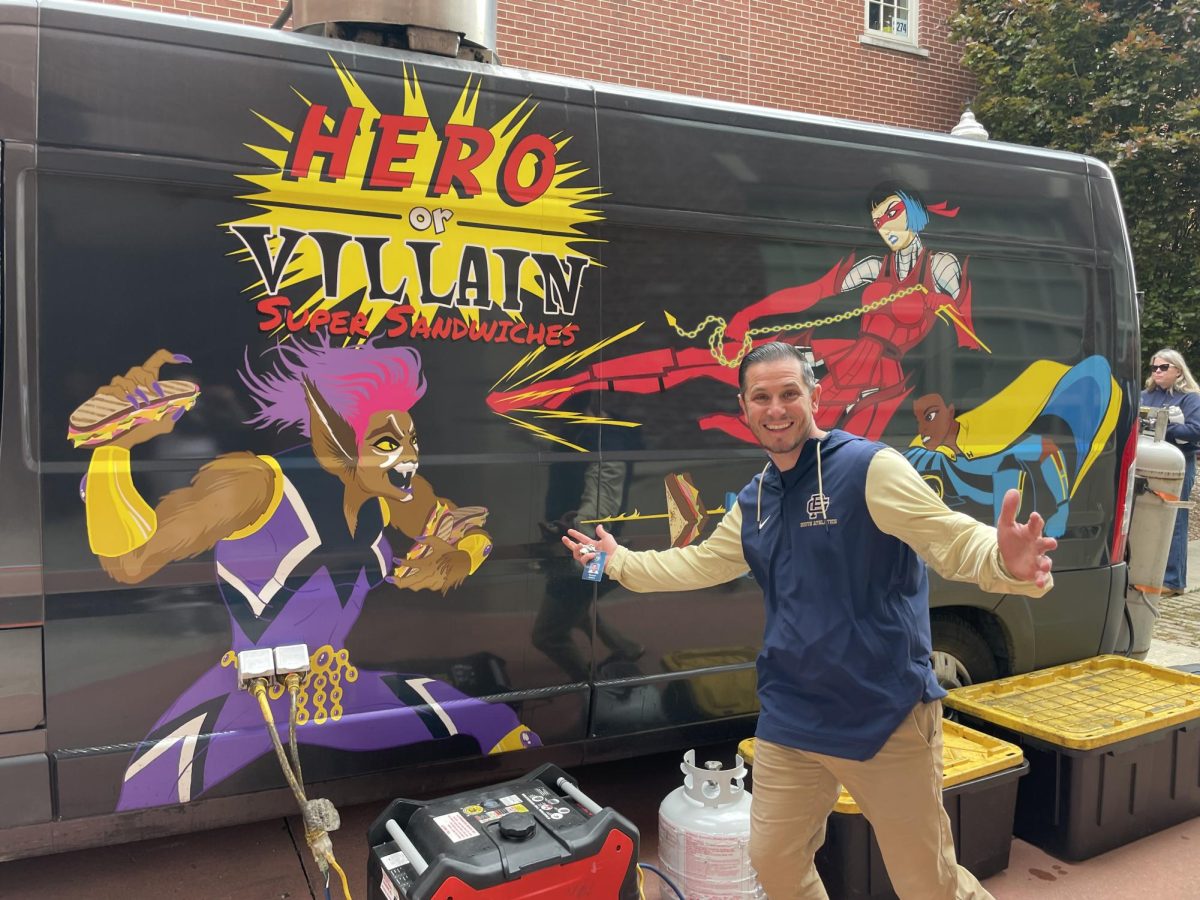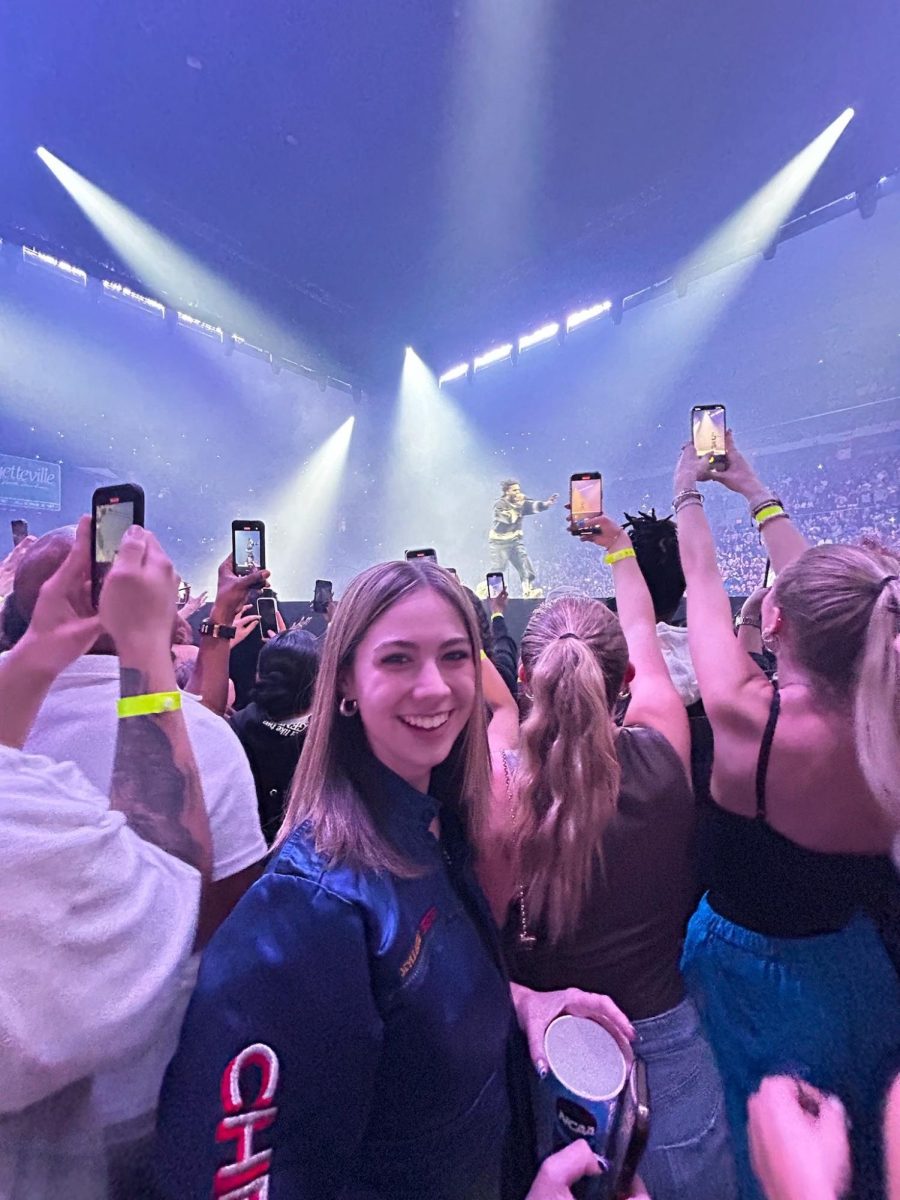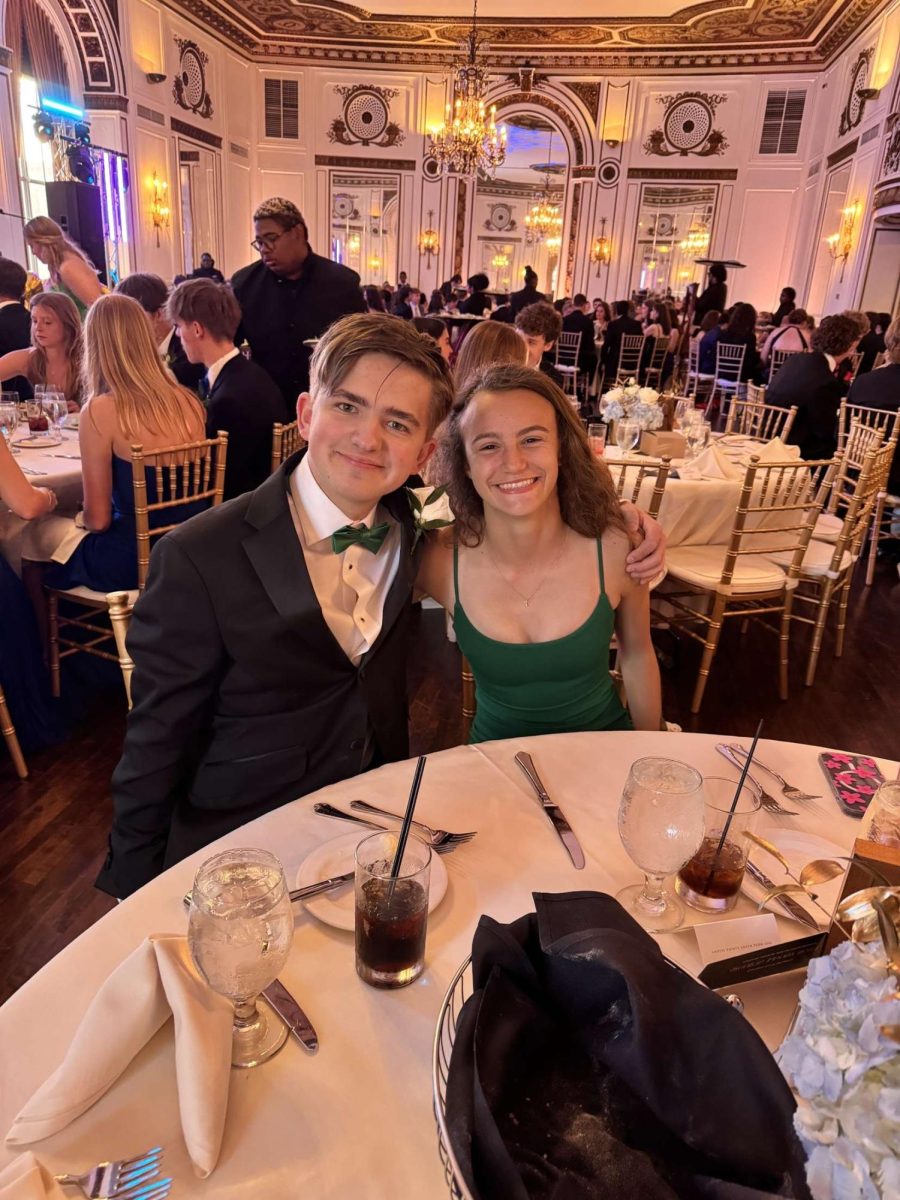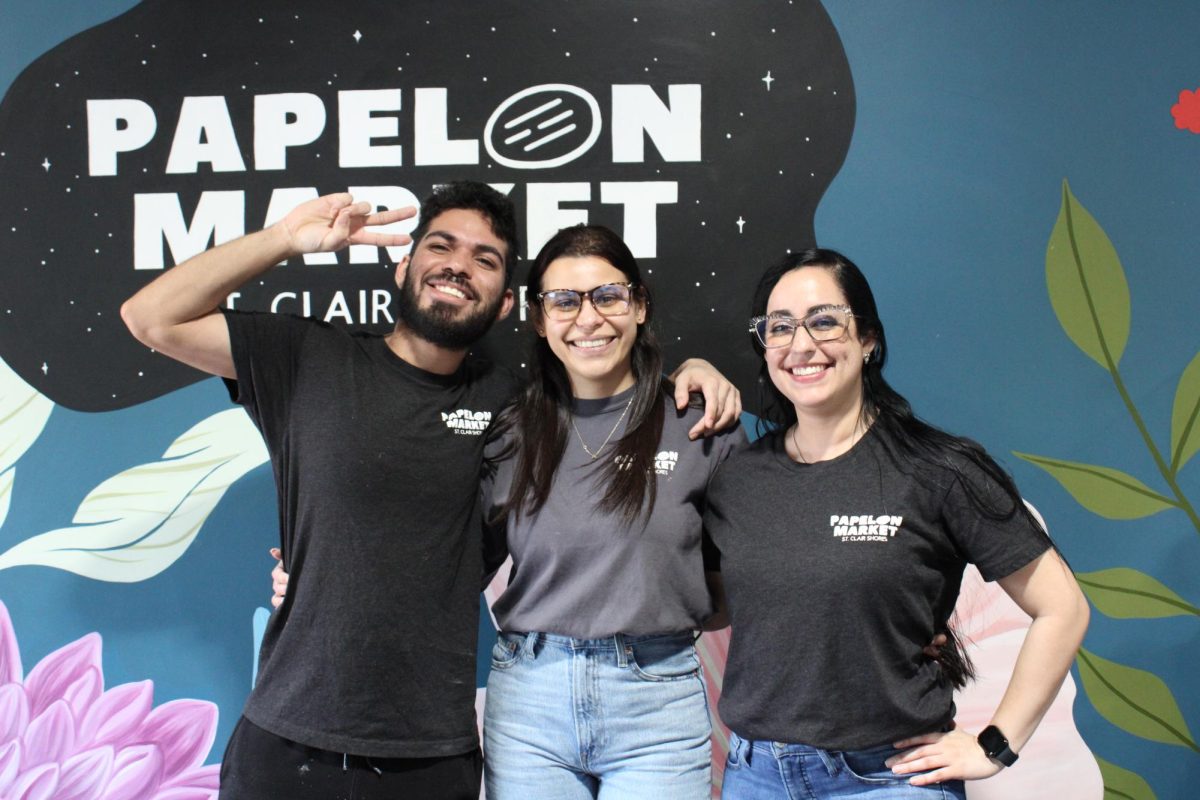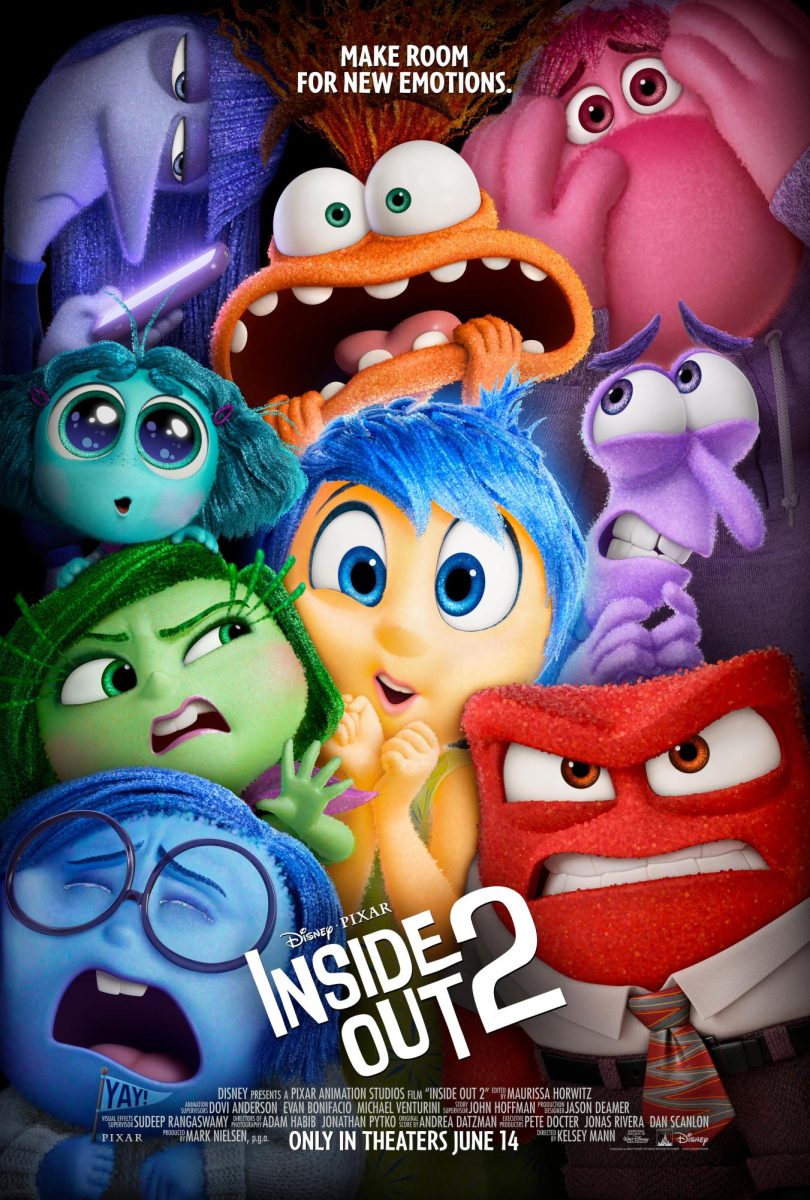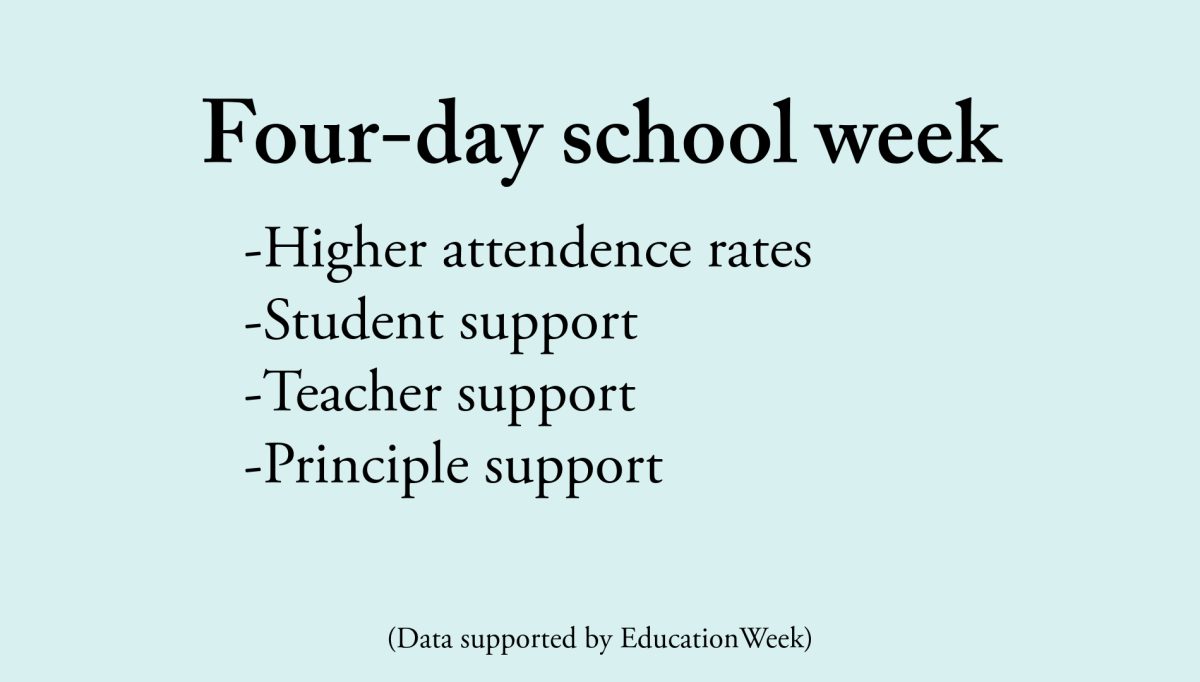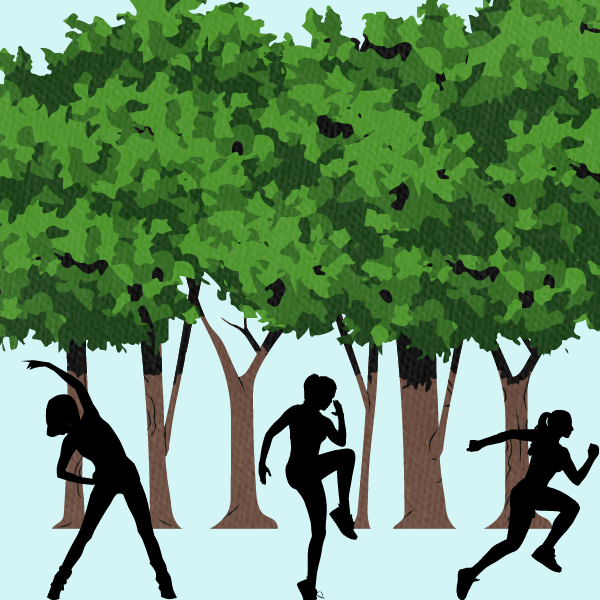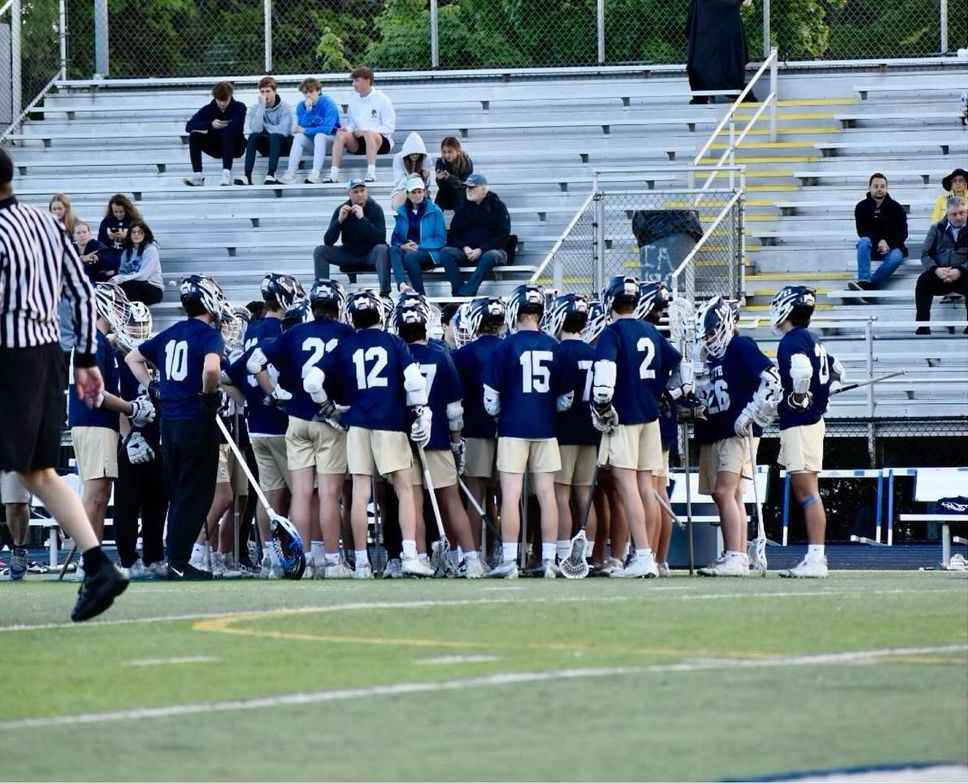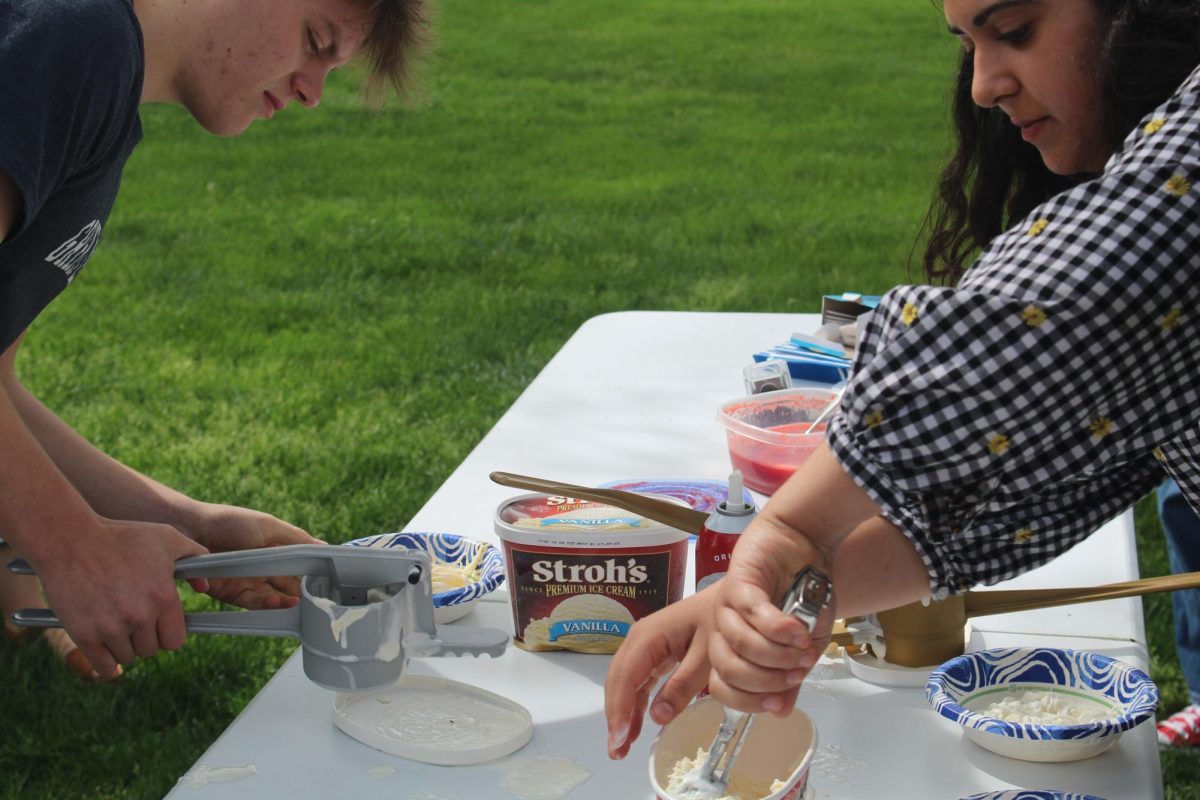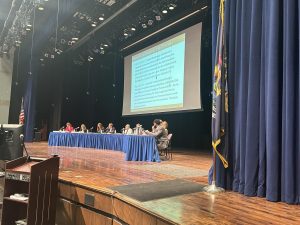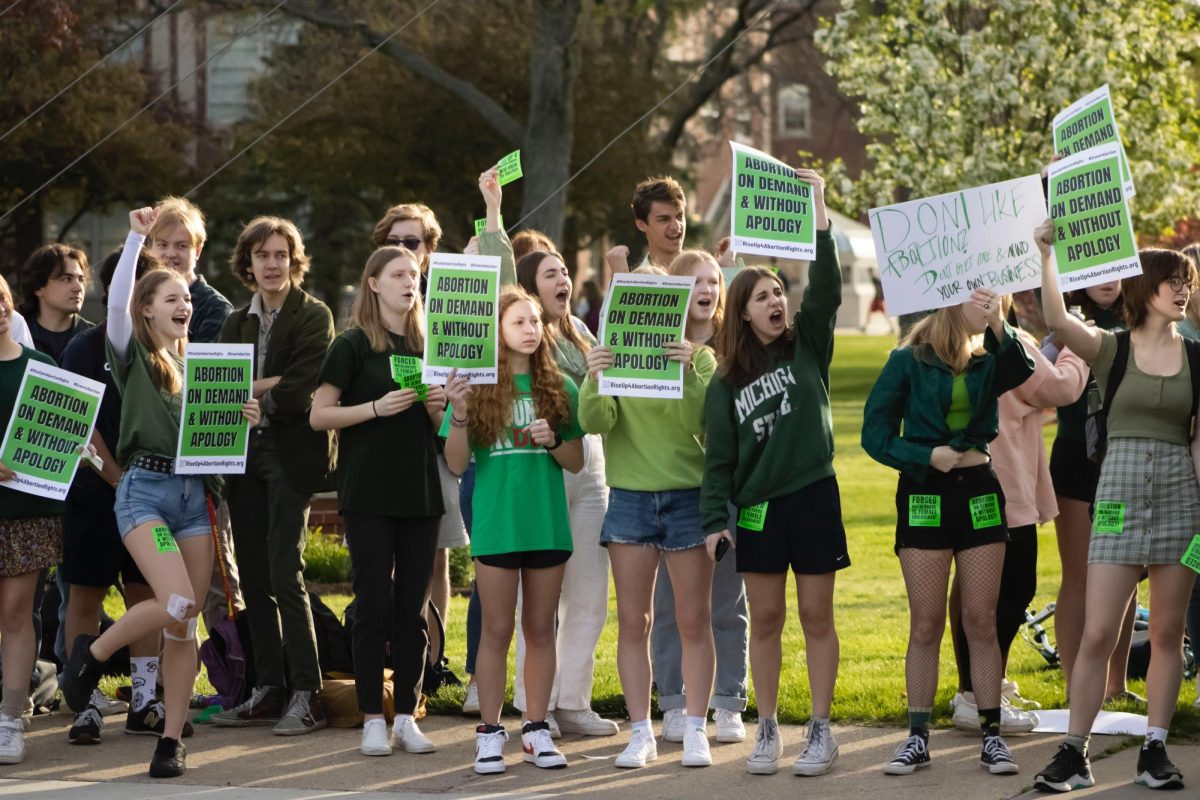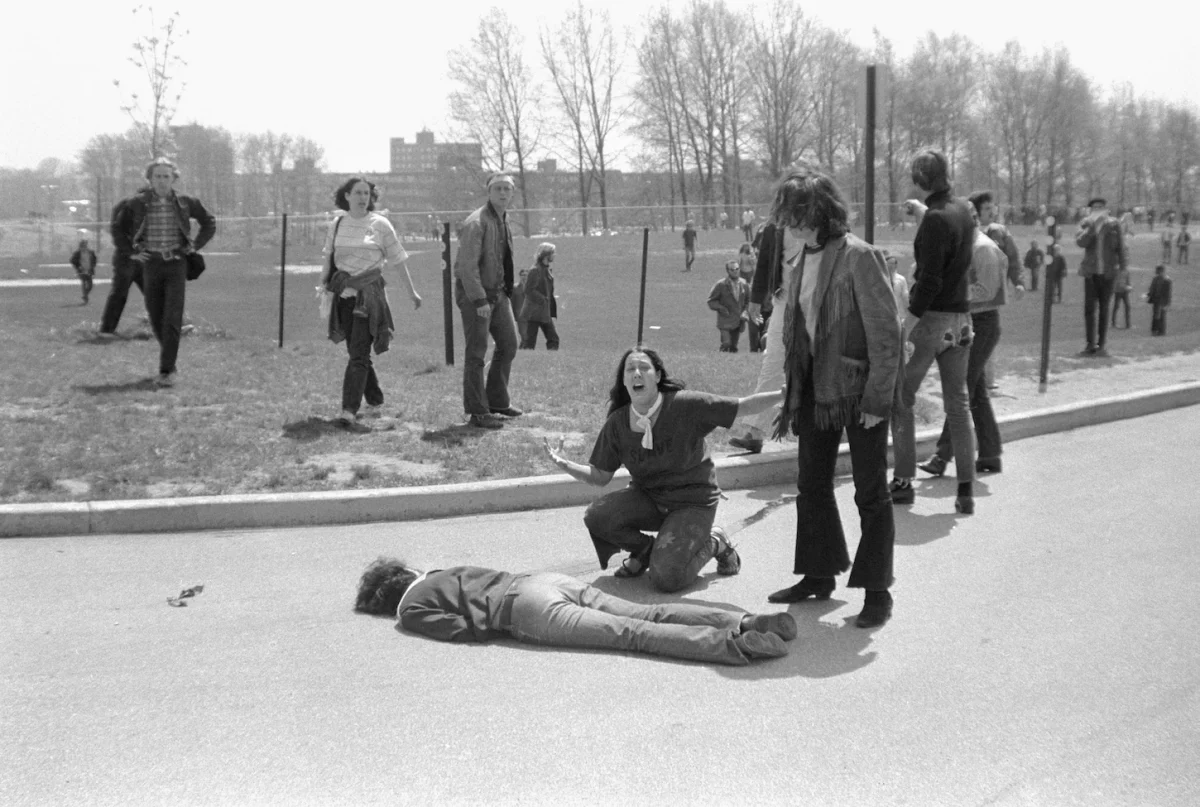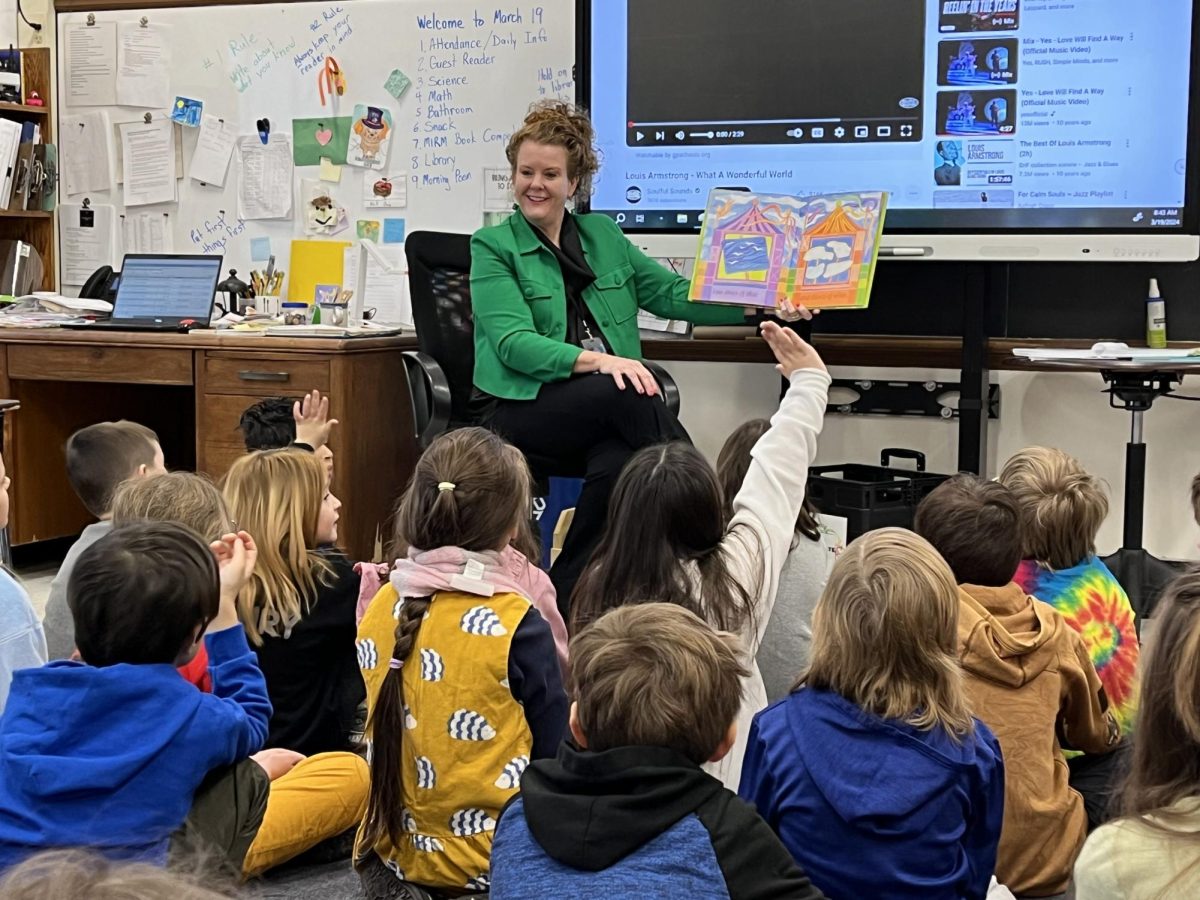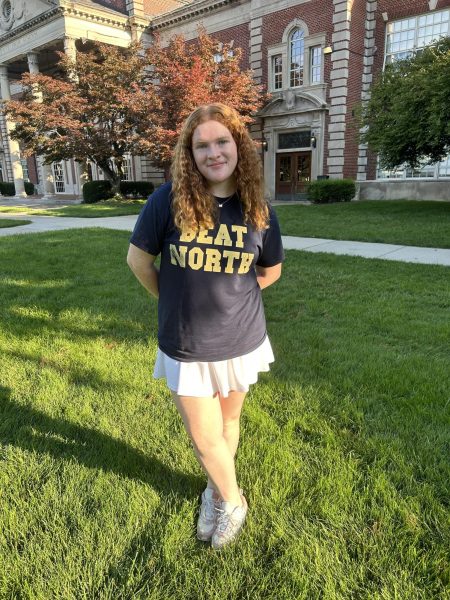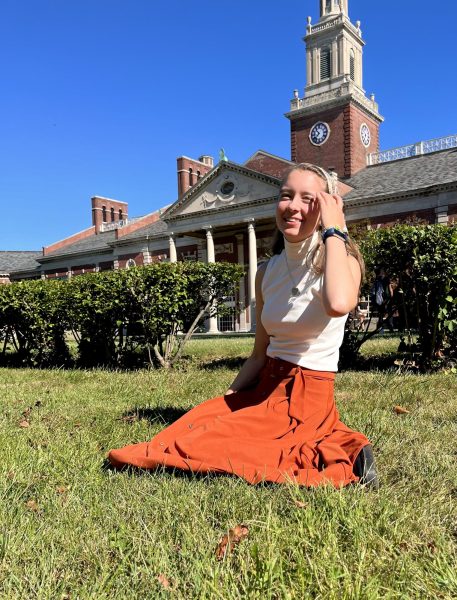Feminism: a word with countless meanings, and unfortunately no clear
resolution. Everybody knows the word, but society has never developed a clear and concise narrative for it. This singular word has driven society apart over the idea of equality. Through decades, women have fought to have their voices heard, yet as the world progresses into a more diverse and understanding community, their voices have struggled to be heard. There is this idea that if someone is a feminist, they must hate men, but if someone isn’t a feminist, they must hate women. The world today struggles to understand the cultural differences between men and women, a topic that shouldn’t be up for debate.
In our modern age, people tend to struggle with integrating new ideas into society, or, rather, accepting the concept of new ideas. The idea of feminism has been around since before the birth of our country, but only in the last few decades has it been accepted into our culture. Since the 18th century, the fight for women’s rights has been a prominent societal issue—one with very little support, but lots of impact. According to Wayne State University Gender, Sexuality and Women’s Studies Professor Maria Wendeln, current society’s state regarding feminism has had a massive shift since the earlier time periods.
“Modern feminism really comes out of the writings of both Mary Wollstonecraft and Olympe de Gouges,” Wendeln said. “Particularly, one of those things (modern feminism), alluded to by Gouges, is known for writing is a counter argument to the Declaration on the Rights of Man and Citizen, which was issued during the early days of the French Revolution, and how it excluded women from that document. It’s a foundational document for modern France. And then she (Gouges) writes in response to the Declaration on the Rights of Women and citizens. And one of the things that (Gouges) greatly says is that if a woman can be executed for her actions and her freedom of speech, that she has the right, just as any man does to speak publicly.”
Not only did the fight start centuries ago, it was also not only confined to Europe. Many, if not every country, had women fighting for their rights, especially women of the United States.
“You have a suffragist like Susan B. Anthony, Elizabeth Cady Stanton and Lucretia Mott who go about trying to get women the right to vote by more peacefully protesting, and meeting with lawmakers and letter campaigns,” Wendeln said. “Eventually you get the women like Emmeline Pankhurst and her the Women’s Social and Political Union in Great Britain and Alice Paul and Lucy Burns and Rosa Mulholland here in the US, who are what we refer to as suffragettes, who take more radical action. One of the great things is Emmeline Pankhurst goes and heckles, and even eggs, members of parliament to give women the right to vote. And then a lot of that is women ultimately get the right to vote after seeing their service in World War One.”
Fortunately, the women’s suffrage movement has been able to make big advancements in the United States throughout the 20th century. While there were countless steps takens and struggles faced, according to AP United States History teacher Peter Palen, the biggest successes were found through the darker times of history.
“In America, we definitely see an advancement of rights for women as a result of wars, like (with) the Vietnam War protests, and World War Two Rosie the Riveters and World War One with women in the workforce,” Palen said. “ With every US war, there have been advancements for women’s rights.”
In a post-WWII America, the first self-proclaimed “feminists” emerged during what is known as the Third Wave of feminism in the 1970s. Focusing majorly on raising awareness to male dominance in society, Third Wave feminists helped lead the journey to what we know today as modern feminism.
“In the early 1970s, there was a big push to have the Equal Rights Amendment added to the Constitution that would have protected women in the workforce, but it never came to fruition,” Palen said. “The National Women’s Organization mission was to get the Equal Rights Amendment—which would have protected women under law—added to the constitution. Women like Gloria Steinem published a work called “Ms.” Magazine, which was really important to the modern feminist movement. Also pretty influential, Betty Friedan’s Feminine Mystique was another important work that really galvanized support for women’s rights in the era.”
To help navigate a somewhat troubling world for young women, here at the South many teachers believe it is best to unite girls together. In 2019, English teacher Elizabeth Lulis was one of the founding members of Lady Blue Devils, a club for girls at South to learn how to deal with their own obstacles.
“We want the girls to recognize what they are capable of achieving when they silence the negativity that can come from both internal and external sources,” Lulis said. “This is truly a lifelong lesson and one that continues beyond high school. Some of our activities this year will also focus on problem solving and group support; in what ways are we stronger when we lean on others.”
Lady Blue Devils meets monthly and has over 150 participating members. In today’s world of social media, there are undeniably unrealistic standards for women, and the club is hoping to grow its programs to help students.
“I think teenagers today have a much more difficult time navigating concepts of success, perfectionism and social relationships,” Lulis said. “I graduated in a pre-Google or cell phone era—let alone social media. Our time was not as regimented, and there was a less focused ‘microscope’ of expectation placed upon us.”
Here at South many students feel as though their personal beliefs align with the feminist movement but may not agree with every aspect, like Lady Blue Devils member Elly Beckerman ’25.
“I feel as though other topics have been added to today’s feminist movement like race, gender (and) sexuality—other issues that have not been necessarily centered on women,” Beckerman said. “My personal views do align on the trend of what feminism is today, but it seems harmful how grouping together these issues might not be helping the feminist movement. We definitely need different advocacy groups, but keep them separate; it allows for a lot more people to support it. When you start grouping together, you start taking away the voices of a lot of people. It’s important to stick to the central issue of women’s rights, every group is still developing,”
From a male perspective, the feminist movement can sometimes feel like an “anti-man” movement. This has been the long-standing argument of critics of any and all women’s rights movements throughout history. Due to the topic being so dividing, the male student we spoke to wanted to stay anonymous.
“I think that the modern day movement can lean towards being against men,” an anonymous student said. “Not saying all women that consider themselves feminist believe that, but I feel like as a guy looking at the feminist movement sometimes it can seem somewhat alienating looking at the movement. I am obviously in support of what any women’s rights movement is trying to achieve, but I don’t necessarily think that feminists’ goals should be to be better than men. It should be equal.”
No matter a person’s belief on the idea of feminism, our world is ultimately still divided. Women are still constantly working towards fighting for complete, and equal rights for every person in society.
“Feminism to me is more about recognizing the individual, regardless of their sex, or sexual identity, etc, and helping to uplift them and make sure that you treat them with the respect that you want to be treated with, and that they deserve the same rights and freedoms that you have,” Wendeln said.

